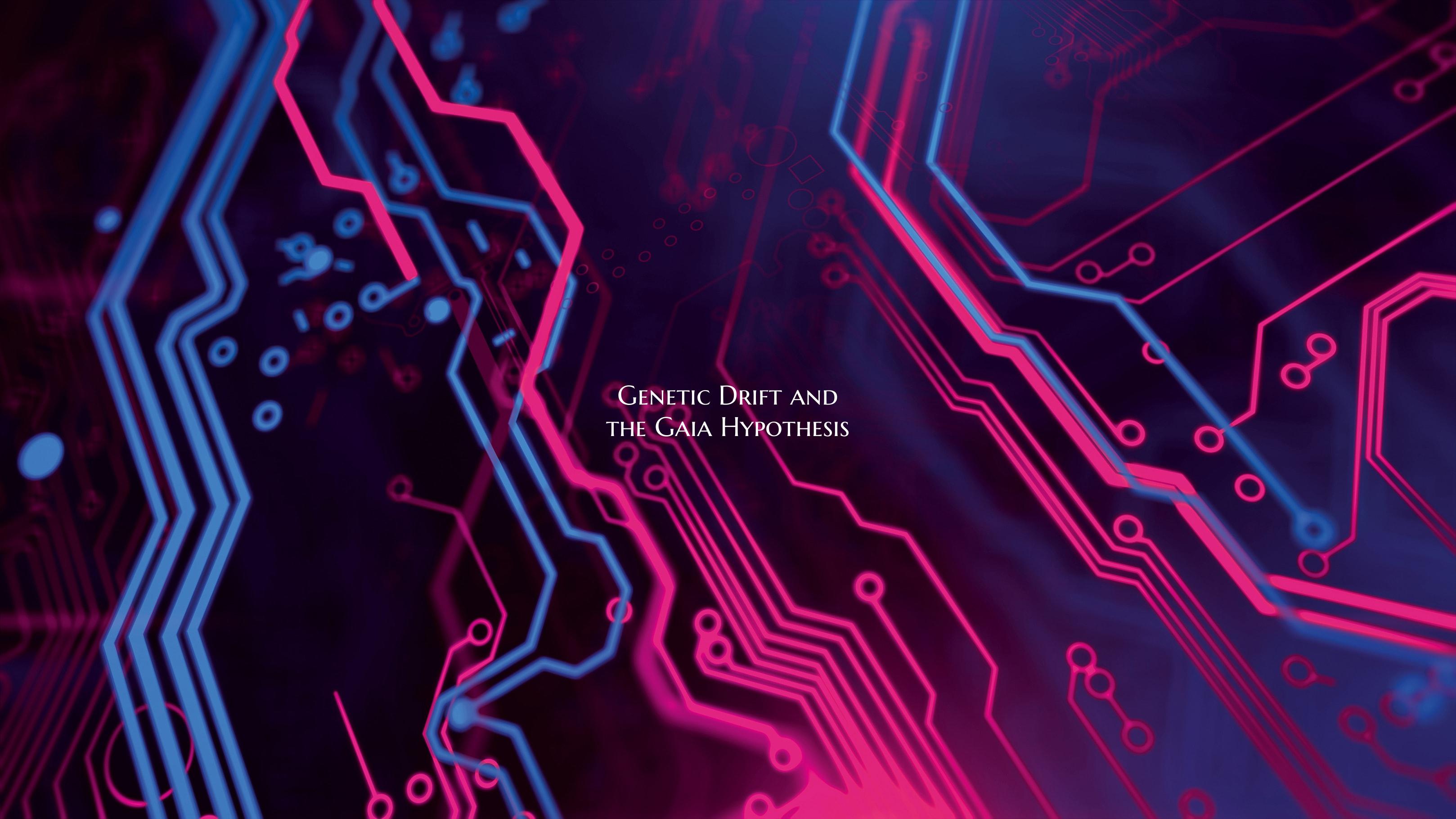Genetic Drift and the Gaia Hypothesis
Genetic drift and the Gaia Hypothesis are two fascinating concepts that explore the interconnectedness and dynamic balance within ecosystems. Genetic drift refers to the random fluctuation in the frequency of genetic variants in a population, leading to changes in the gene pool over time. This phenomenon can have significant impacts on biodiversity and evolution within a given species.
On the other hand, the Gaia Hypothesis proposes that the Earth and all its living organisms function as a complex, self-regulating system that maintains the conditions necessary for life to thrive. Coined by scientist James Lovelock, this hypothesis suggests that the Earth operates as a single, synergistic entity where living organisms and their environments are deeply intertwined.
When considering genetic drift in the context of the Gaia Hypothesis, we can see how the genetic variation within populations plays a crucial role in maintaining the delicate balance of ecosystems. As genetic drift influences the diversity and adaptability of species, it contributes to the overall resilience and stability of the interconnected web of life on Earth.
Furthermore, genetic drift can lead to the emergence of new traits and adaptations within species, which can enhance their ability to survive and thrive in changing environmental conditions. This evolutionary process aligns with the principles of the Gaia Hypothesis, where the Earth and its inhabitants continuously adapt and evolve in response to external influences.
In conclusion, the relationship between genetic drift and the Gaia Hypothesis underscores the intricate interplay between genetic diversity, ecosystem dynamics, and the broader interconnectedness of life on our planet. By understanding and appreciating these concepts, we can gain valuable insights into the complex and resilient nature of Earth's ecosystems.

